
By Ian Cushway
April 05, 2018
|
New year, new restoration project? Here are our top 10 essential tips for the first-time restorer.
Now that spring is upon us, what better way to utilise the extra daylight than taking on your first restoration project - and if it takes your mind off failed new years resolutions, then that’s an added bonus. But there are a few things to consider before diving in and buying a classic with lots of work to do...
1. Buy the right car
It might sound obvious, but start by picking a car that stirs the emotions. There’s nothing more soul destroying than investing blood, sweat and tears restoring a car, only to realise further down the line that you don’t actually have any attachment to it. So the first question needs to be: ‘Is this really what I am after?’ Don’t take on a new project just because it’s cheap or a mate’s got bored with doing it.
In reality, most people pick a classic restoration project that they’ve got a personal affinity for - the car they were driven to school in as a child, or learnt to drive in. Sometimes it’s a car they always wanted but could never afford. Different eras of car appeal to different people so if you grew up in the Sixties, chances are you’ll be looking at a totally different assortment of cars than an Eighties child.
Also, without getting too ahead of ourselves here, it’s worth thinking about where and when you’ll be using it once it’s done. There’s little point buying a 1950s open top two-seater if you envisage doing motorway trips, or need it to accommodate the kids and family dog. Perhaps a later classic estate might be more appropriate here.
Be specific and make a shortlist of cars that interest you. Better still, target a specific make and model so you don’t waste time looking at too many different cars which can lead to disillusionment.
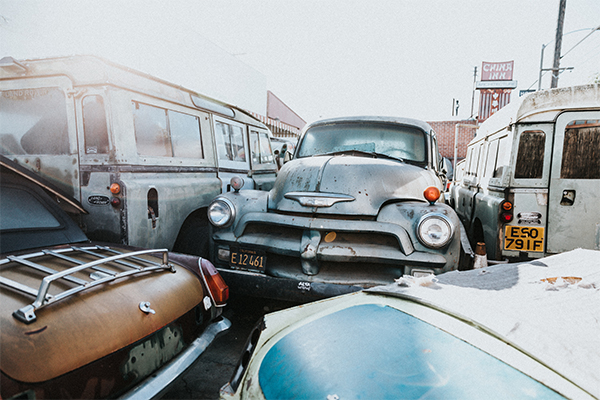
Credit: Image source - Nathan Dumlao on Unsplash
2. Do your homework
Join a club so you can chat to fellow owners, visit a specialist and read the relevant buyer’s guides to find out everything there is to know about the car you’re about to restore. This way you’ll know what you’re looking at when viewing projects for sale and be able to assess exactly what needs doing. Develop a photographic memory of what’s original fit and what’s aftermarket so you can rule out cars that have got all the wrong bits fitted or have been subjected to a rubbish restoration a long time ago.
Take your time and view different examples of the same model so you can buy the car with the most potential. Bear in mind there’s often a good reason why people part with their projects, and one is that they’ve bought it on a whim and since discovered the extent of the work needed. We’ve all been there. A car that looks good superficially can often be a rot box underneath. You only find out once you start taking things off, which explains why projects get sold with a garage full of accompanying bits in boxes…
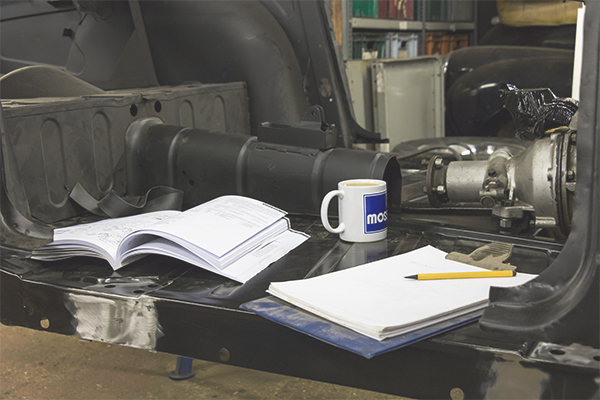
Credit: Image source - Moss Europe 2018
3. Spread the word
Quite often you get to hear about restoration projects through word of mouth, but otherwise it will be a case of sifting through the classifieds and spreading the word amongst car club members and specialists that you are on the look out for a particular model. If you stumble upon a possible candidate tucked under a tarpaulin on someone’s driveway then give them a knock or leave a note to ask if they would be interested in parting with it. You never know until you ask!
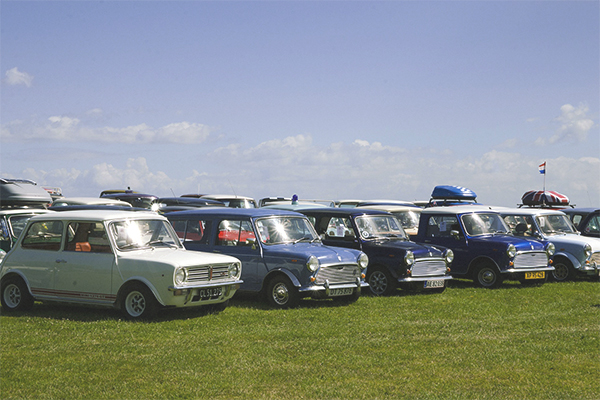
Credit: Image source - Morris-Mini Photo on Pixabay
4. Progress check
When you go to view a car that needs resurrecting, start by carrying out a close visual inspection and find out what jobs, if any, have already been done. If the owner says it’s already had chassis repairs, enquire whether it’s had new sections or whether it’s been done like a patchwork quilt. Likewise, if the engine’s already had a rebuild, ask who did it and what new parts went in. If a project’s already been started, assess the quality of the workmanship – putting right a previous bodge is harder than starting with a fresh, untouched repair. Looking on the positive side, buying a part completed project might mean you’ve been saved some of the more difficult donkeywork, leaving you to tinker away to your heart’s delight with the rest of the restoration. Determine if the vehicle is in the seller’s name and check that they’ve got a V5. Buying a vehicle in bits without the proper documentation is a recipe for big headaches when you finally get it finished and try to get it registered. You can find out more by visiting www.gov.uk/vehicle-registration.
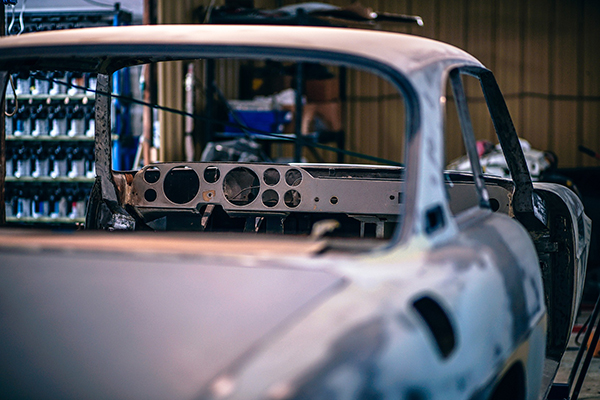
Credit: Image source - Igor Ovsyannykov on Unsplash
5. Part perfect
This bit’s crucial, especially if you’re buying something old and rare because often unfinished projects get scavenged of all the good bits and replacing them can involve lots of detective work not to mention cost. It’s plain and simple; when taking on your first restoration project you need to ask the owner if any parts have been taken off and what bits, if any, are missing.
Often people buy a restoration project, go on a spending spree buying parts, then lose interest or get distracted. It’s not uncommon for them to buy different wheels, tuning parts and even pots of paint to spray on it when it is finished. The key here is to get the seller to provide a complete list of what’s included in the sale then you can decide what to keep and what to sell on. If there’s a decent quantity of surplus items, you will make enough money selling them to fund subsequent work on the project.
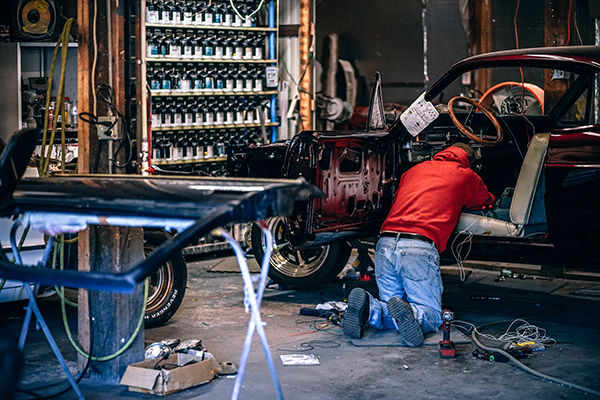
Credit: Image source - Igor Ovsyannykov on Unsplash
6. Be realistic...
The idea of unearthing something interesting in someone’s garage, or stumbling upon a barn find that’s been stood around for decades is all very romantic - but you need to be realistic. A car that’s been ravaged by time, scavenged for bits and is completely rotten might be too much of an undertaking for a first timer if you were intending to do the work yourself. It’s a case of assessing your skill set, deciding what work will need to be farmed out to a specialist and deciding whether it’s really worth it. Ground-up restorations inevitably end up costing more than you could have ever envisaged at the start, so beware. That said, if you’ve got the time and are willing to take on the challenge of leaning new skills and techniques along the way, then a nut and bolt restoration can be a hugely rewarding and often life-changing experience. Usually the process of ‘getting there’ is just as enjoyable as arriving at the finished product. Moreover, if you’ve set your heart on a desirable classic and have the skills, facilities and time but not the money up front, a total restoration might be the best way of realising your dream.
Don’t rule out a ‘rolling restoration’ which is a relatively solid car in possession of an MoT but with all the ‘nice work’ still to do such as tidying the paintwork, sorting the interior and adding whatever upgrades take your fancy.
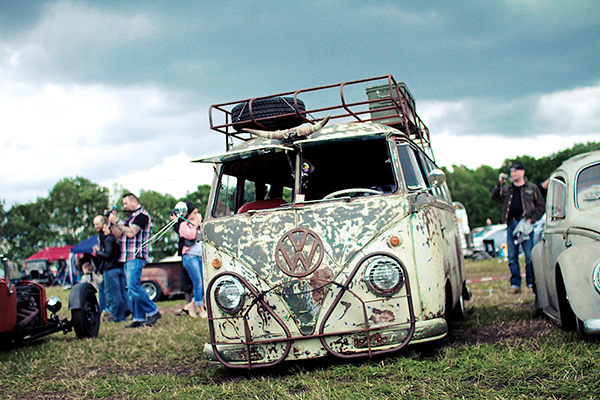
Credit: Image source - Jorn Sieveneck on Unsplash
7. Get moving
Assuming your potential acquisition has ticked all the right boxes so far, let’s move on to the practicalities. It’s illegal to tow a vehicle that isn’t taxed, MoT’d, insured and roadworthy so think about transportation before you set off. If you hire a car trailer, check your licence because you may not be allowed to tow it. You can find out the relevant regulations at www.gov.uk/towing-with-car/what-you-can-tow

Credit: Image source - Tow Truck PNG on Pixabay
8. Keeping well
You also need to consider where it will be kept. Unless you want to run the risk of vandalism and parts being stolen, you’ll need some form of undercover storage or garage. If you’ve got a lockup, make sure your car will fit leaving enough room for a bench, tools and workspace. A good idea is to find a few likeminded enthusiasts locally and club together to cover the cost of renting a proper unit. There’s lots of benefits of working alongside other car fanatics; there’s a chance you’ll pick up some practical tips and they will keep you motivated when morale takes a dip.
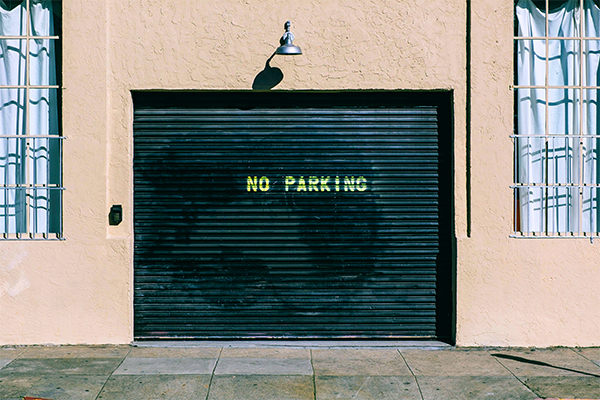
Credit: Image source - by Adam Griffith on Unsplash
9. Tooling up
You’ll need to consider what tools you will need. Our advice is to start off with a mid-range socket set and go from there. No doubt you’ll need a variety of more specific tools as you go along, such as wire snippers, grease guns and various screwdrivers. A decent quality trolley jack and axle stand combo is also useful, but swat up first on where the jacking points are and ensure the car is totally stable before going underneath. If you’re new to workshop safety, don’t take any risks. We stock a full range of tools for most restoration projects which can be found in our Tools & Equipment section.
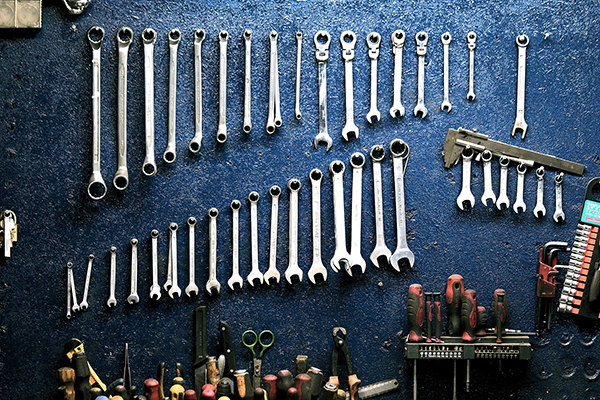
Credit: Image source - Garage-Mechanic Photo on Pexels
10. Just do it!
Before making your final decision, do a quick list of pros and cons to ensure that the positives of taking on the unfinished project you’re considering outweigh any negatives. Is it the right car, the right year - and can you do the work needed? Don’t be afraid to walk away having weighed everything up – there’s likely to be another possibly better candidate lurking in someone’s lockup.
Embarking on your first restoration project can be a daunting prospect. There will be the inevitable highs, lows and moments when you question why you took it on in the first place - but in the end, it may be one of the most fulfilling experiences of your life. Be sure to grab ‘before’ shots and photograph each stage of the restoration so you can relive every moment once it’s done.
Most of all, your first restoration will be a journey of discovery and personal achievement with plenty of learning curves on route - the end result being a lasting legacy to your abilities, dedication and sheer car passion. Given that, there’s no reason not to do it!
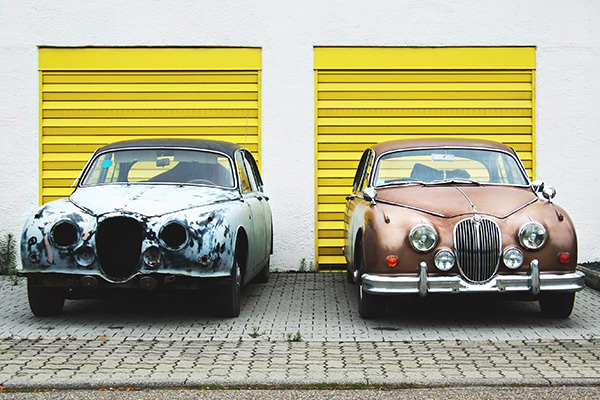
Credit: Image source - Dietmar Becker on Unsplash
The team at Moss Europe are here to help once you begin your restoration, whether you’re in need of parts, tools or some advice. In fact, we’d love to hear about your project, why not visit a store or get in touch!?

Keep up with all the latest from Moss Europe on our social pages.

|
|














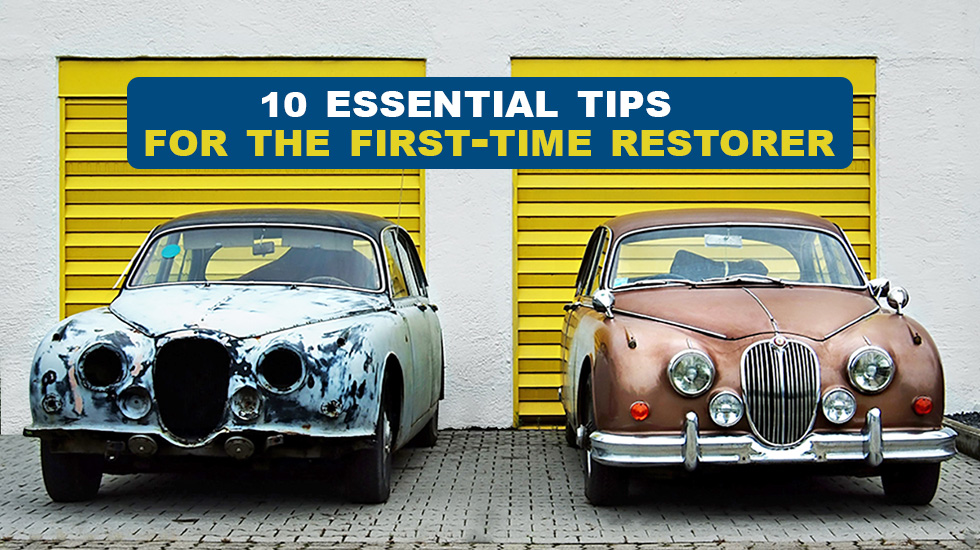




